IMPLEMENTING LUXURIOUS STORE DESIGNS TO CREATE RESIDENTIAL RETAIL EXPERIENCES!
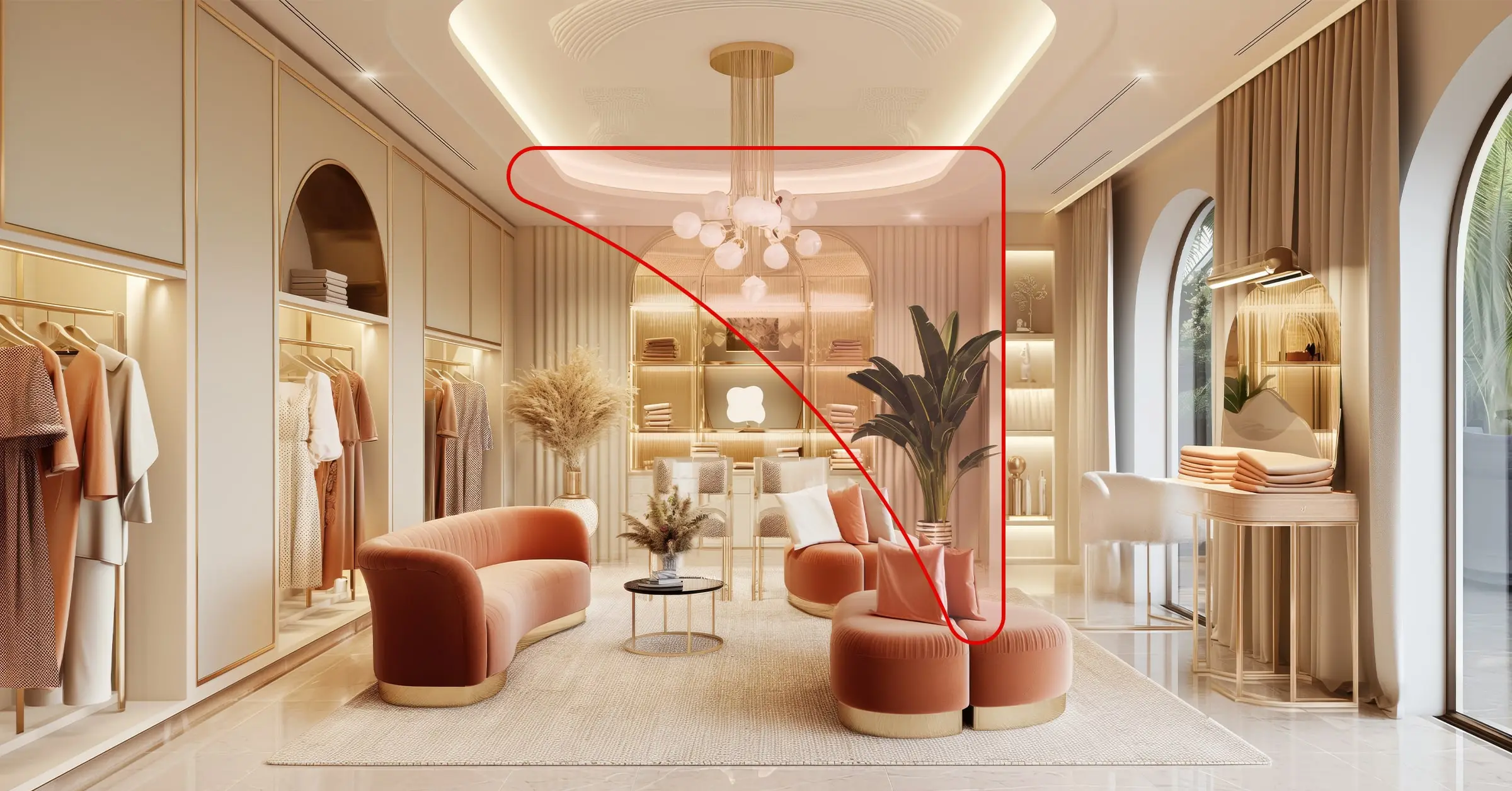
There was a festive celebration in Nupur’s office, and she wanted to get a new dress for the same, so she decided to visit the nearby W for Women store on Sunday. As soon as she stepped into the retail outlet, the store design resembled a cozy living room with soft lighting, plush chairs, and elegant wooden shelves, providing a sense of warmth and familiarity. Instead of overwhelming racks and other fixtures, every section in the outlet felt like a different room in a house.
While exploring the store, Nupur found a collection of dresses hung neatly on a rack. Besides the rack was a large and comfortable sofa. She selected three dresses, took them off the shelf, and sat down on the couch to check their details further. The sales assistant warmly approached her, not with a regular sales pitch but with a warm cup of coffee, further enhancing the homely experience. They both then discussed her requirements, on the basis of which the sales assistant advised her to try on one dress.
In a huge, airy changing room with two large mirrors on adjacent walls and a gentle scent of lavender filling the air, Nupur comfortably tried the dress as if she were changing it in her own room. Fortunately, the dress fitted her perfectly and was an ideal choice for the office celebration.
The domestic environment of the W for Women’s store allowed Nupur to deeply connect with the brand’s message of comfort and confidence. She felt as if she had spent her Sunday afternoon in her own living room, surrounded by pieces that fit seamlessly into her lifestyle.
So… what did you conclude out of this story?
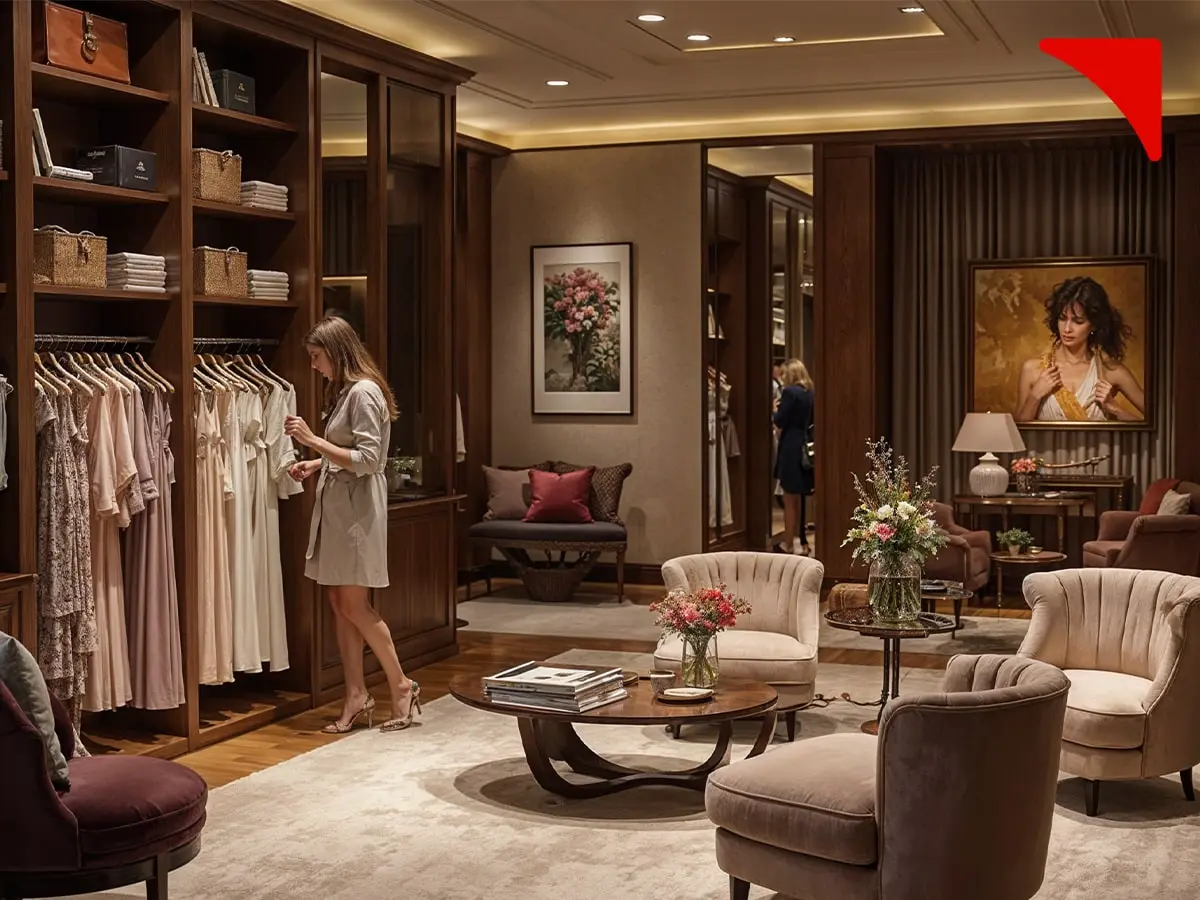
The retail landscape has transformed a lot. And the fun fact is that it is continuously evolving. In this scenario, it is essential for retailers to move beyond simply offering high end products. Well, this is where the concept of luxury retail comes into play.
Luxury brands that constantly redefine their stores and provide a home-like environment to their clients have managed to hold their reputation in the market along with expanding their customer base. This is because offering customers a space where they feel at home helps brands transform the shopping experience into one of relaxation, comfort, and exclusivity. Homely environments in retail spaces are more than just luxury branding. It allows brands to build a more robust and more profound emotional connection with customers and encourages frequent visits and more extended stays.
Through the medium of this blog, you will learn about some different ways to implement a luxurious store design that helps in creating a residential retail experience.
Shifting from Showroom to Showhome format!
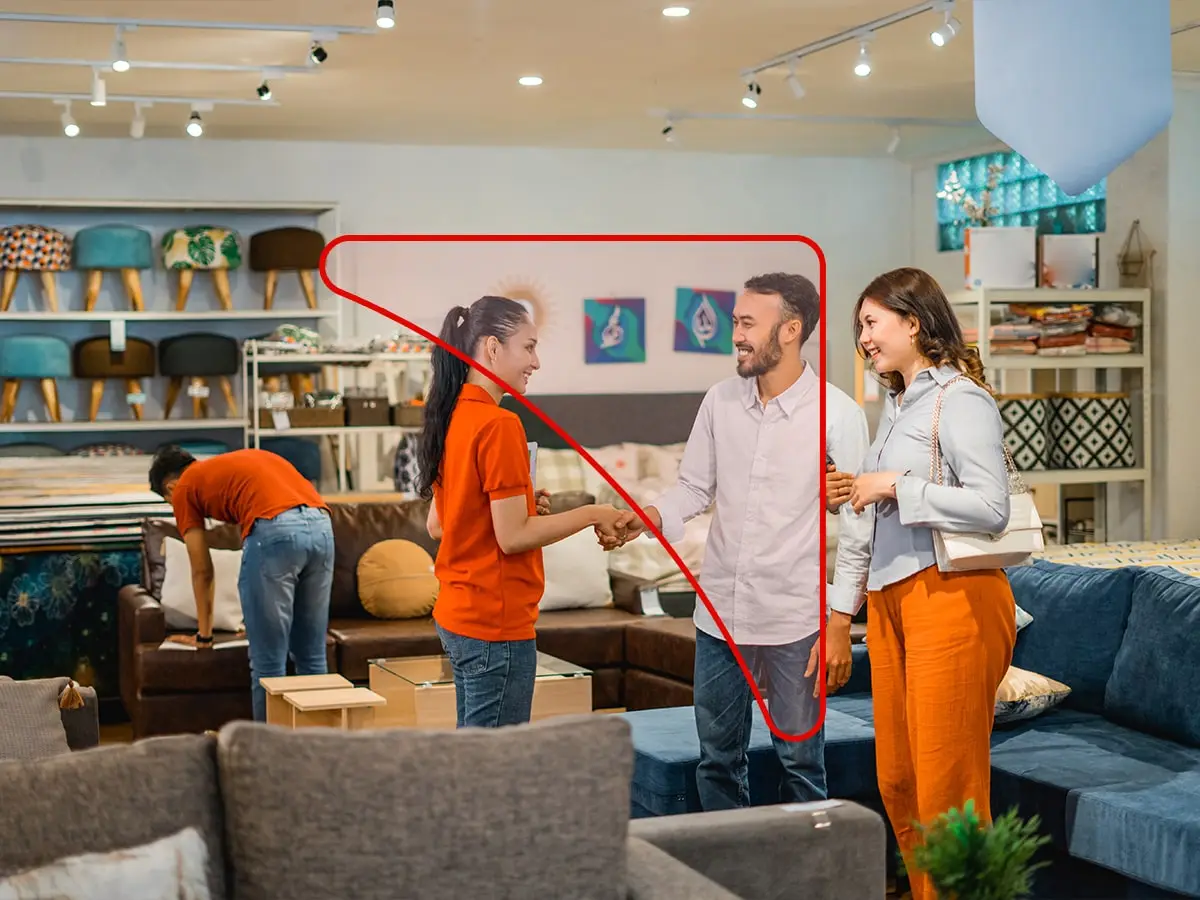
Luxury brands should focus on recreating the intimacy of the home with exclusive retail environments. This can be accomplished by integrating various retail elements, including cozy seating, soft textures, and warm lighting. Doing this will help brands give their customers a comfortable and relaxed shopping experience, further inviting them to make frequent visits.
Creating sensorial store designs!
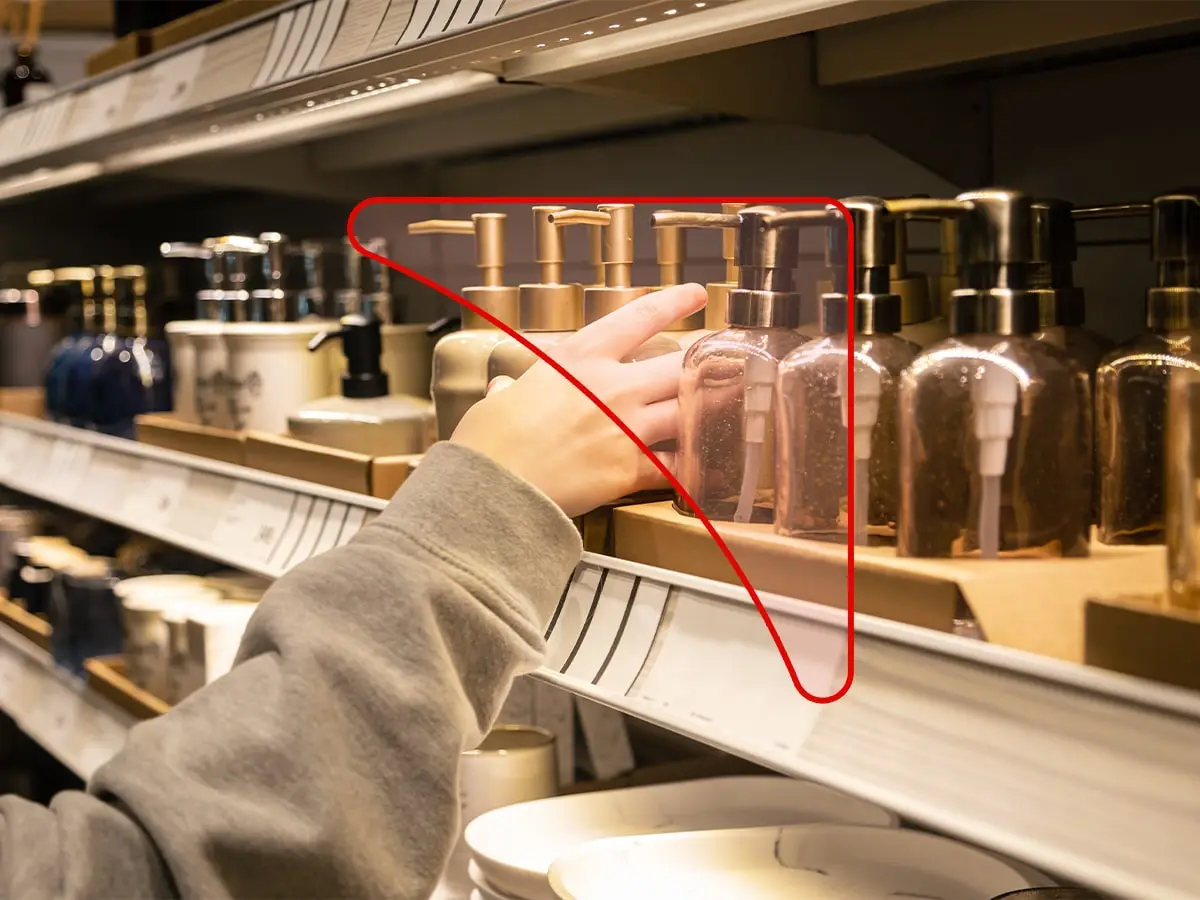
Residential retail experiences are more than just a visually appealing design. Various other sensorial elements, including voice/sound, scent, and texture, also play an essential part in helping the customers establish an emotional and personal connection with the brand. Implementing a unique and identical scent along with customized background music that reflects the brand’s identity will make users feel pampered while they shop, further making it easier for them to remember the brand.
Implementing neutral and soothing color schemes!
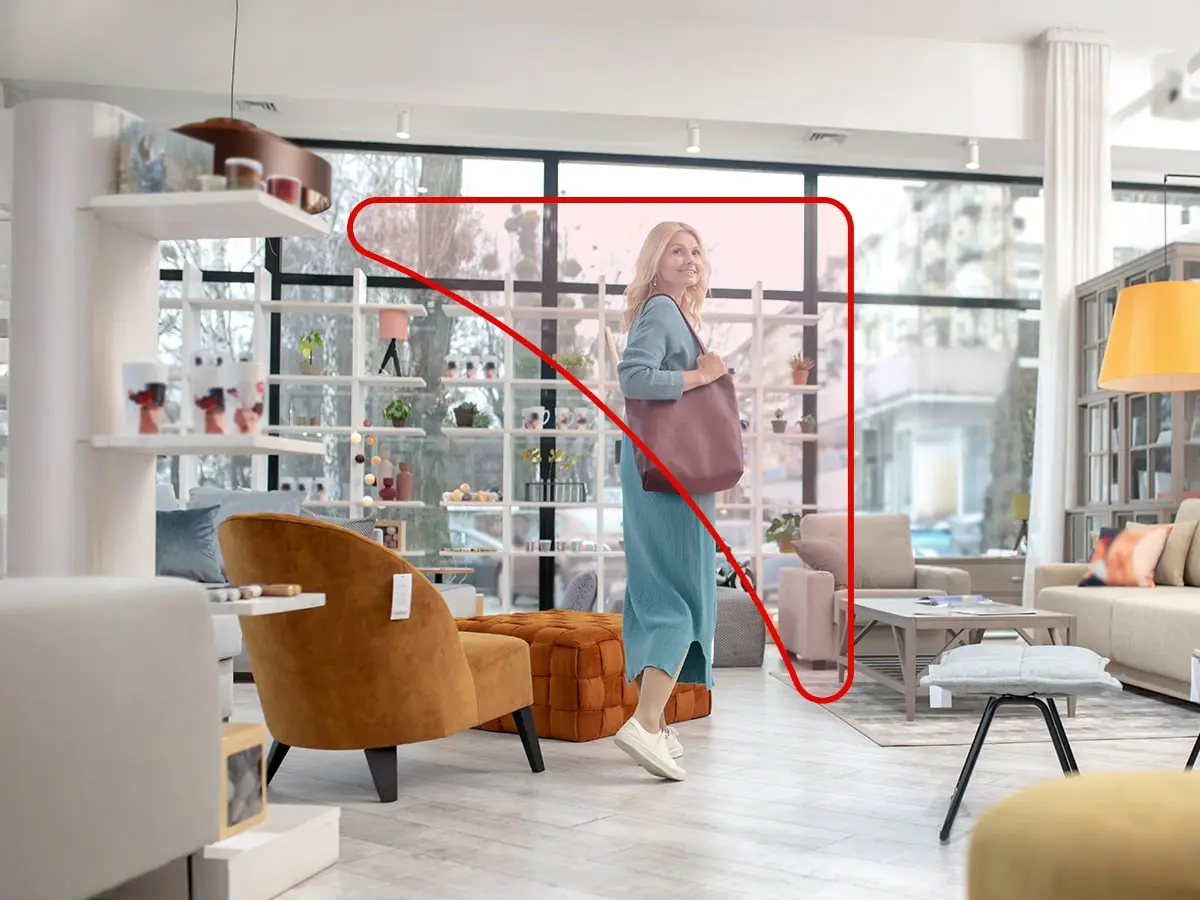
In order to elevate a customer’s retail experience, brands need to focus on the color schemes that they implement in their retail stores. Incorporating neutral tones like beige, cream, off white, soft gray, etc., will directly evoke the feelings of calmness. Doing this is beneficial as these colors directly make the space feel serene as well as spacious. On the other hand, accentuating these neutral colors with rich hues like navy blue, emerald green, and deep burgundy will help brands add a touch of luxury without disrupting the overall calmness.
In addition, various luxury stores often also include premium materials that feel indulgent while emitting an appealing look. Some of the most common examples include velvet furniture, plush carpets, marble countertops, delicate wood accents, etc. All these elements/materials create a tangible connection between the customers and the store. Furthermore, apart from providing the customers with a home like environment, these materials also contribute towards reinforcing the brand’s commitment to quality and exclusivity.
Executing luxury through minimalism!
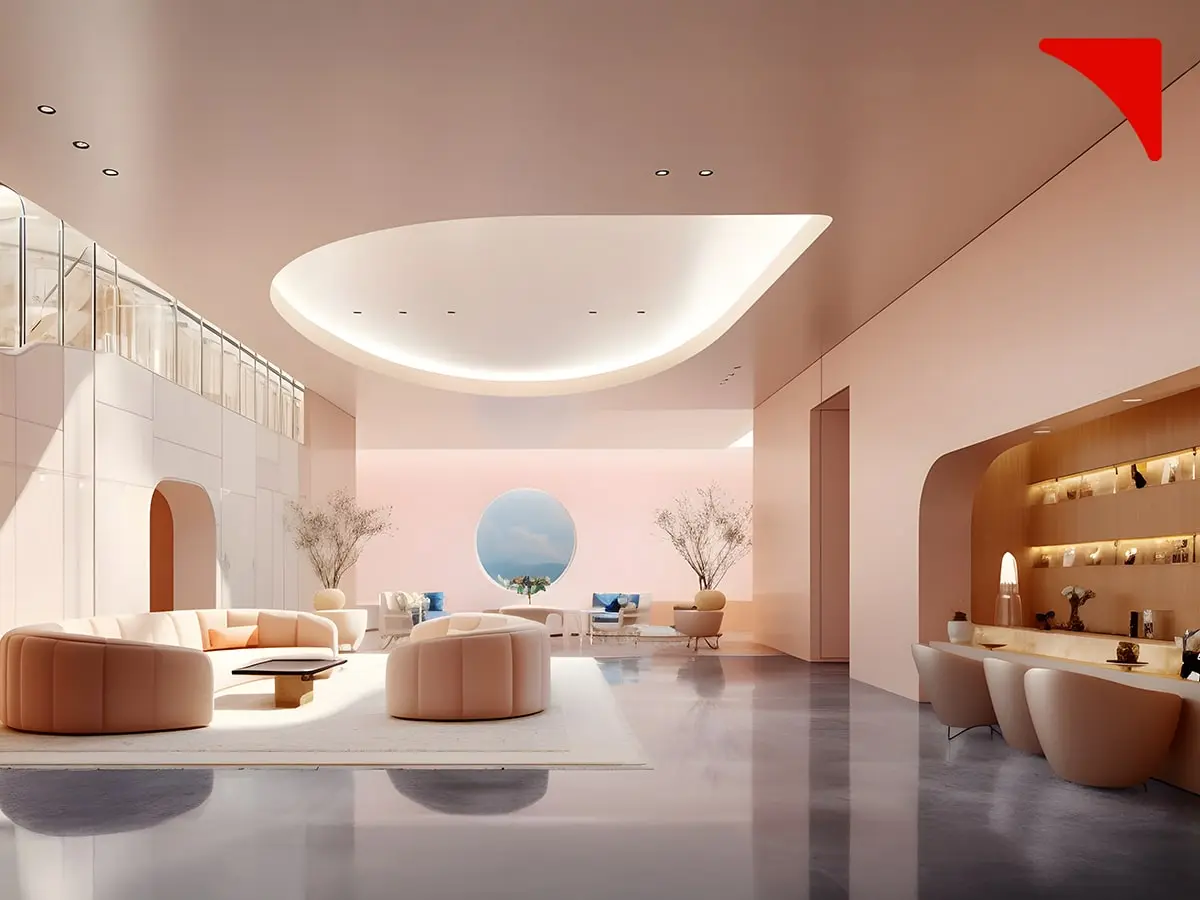
Minimalism is currently the new obsession of both retailers and customers. Luxury brands make sure to keep their store design minimalist. Doing this helps them seamlessly create and reflect a sense of sophistication. On the contrary, overly cluttered spaces diminish this sense as well as the overall retail experience of the customers. Hence, it is advised that retail brands should avoid overwhelming their clients with too many visual elements and instead focus on implementing high quality, sophisticated materials in their outlets.